We are surrounded by big and small things every day, whether it is work, school, research, presentations, or the trivial things in our daily lives, these things are like a siege that traps us in a pool of life, and we often feel suffocated but unable to move. As a person living in the 21st century, we are almost pushed by life, and it is difficult for us to balance work and life perfectly.
Content Table
Not to mention taking care of the family pet in times of emergency. Sometimes, we inevitably encounter emergencies, such as temporary business trips, visiting friends and relatives out of town, and vacations, for example. If we need to go out of town because of these temporary emergencies, what about our pet fish during these days away from home?
Fish and other pets you keep at home are different, it does not seem to need daily attention and also do not seem to need to be fed every day, but we can not ignore that the fish is ultimately an animal. It is very dependent on water, its living environment needs to maintain clean water, it also needs to feed from time to time, and it also needs to get the attention of the people.
So how can we best take care of the fish when we are away from home due to an emergency?
This article attempts to explore this issue in several different ways, and I hope it will help or inspire you.
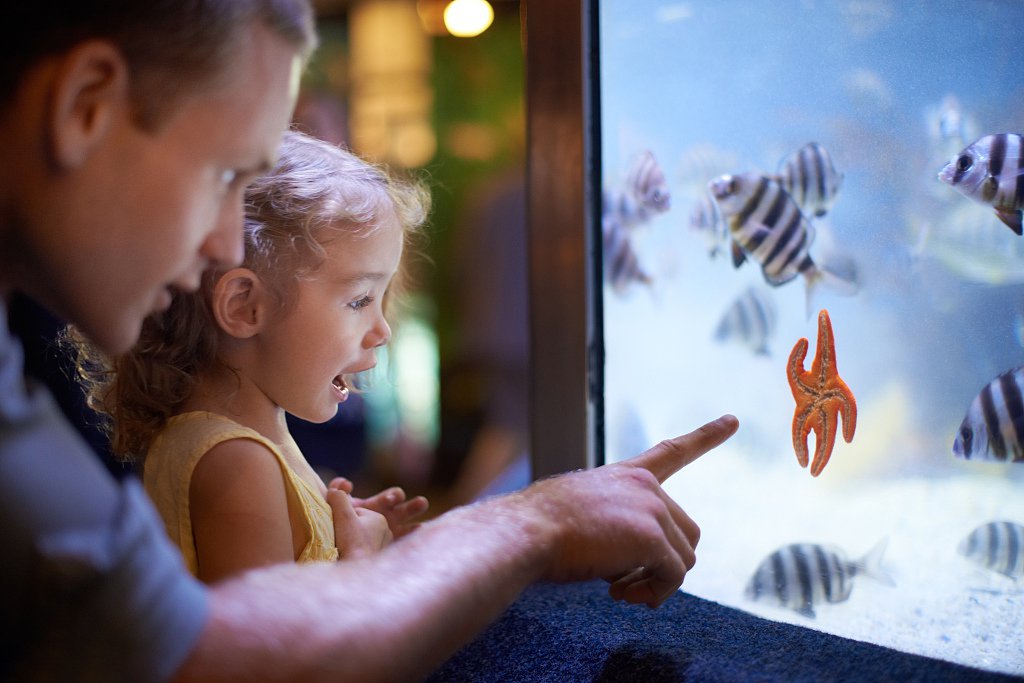
How Long Can Fish Survive Without Food?
Most tropical fish can survive without food for days or weeks at a time, but many cannot survive more than a week. A few species can last a week or even more, but not all. Generally, older fish will cope better than the young, and it may take several days to get finicky new specimens to eat. Unfed fish are most likely to die within two weeks. It is best to feed your fish at least two to three times a day when they go hungry.
Freshwater fish can survive a few days without food, and they have a large amount of fat stores to keep them alive. A healthy adult fish can go for up to a week without a meal, but a young goldfish will become starving and will not survive so long. However, if you’re worried about leaving your goldfish without food, try one of the following methods to determine how long they can live without food.
Adult goldfish can survive up to three days without food, but young fish cannot. This is because they don’t have fat stores like adults do. You can leave your fish for up to two weeks if you’re going away for a few days. But, if you’re going away for ten days or more, you’ll need a sitter for your fish or an automatic feeder. The longer you leave your fish without food, the more stress it will cause.
How Can I Feed My Fish While on Vacation?
Summer is the time to take a vacation. You pack up the family, the mail is picked up by your neighbor, the lawn is cut on timers, and the aquarium lights are on “lived-in” mode. All the while, your aquarium sits alone. It might be the last thing you think of when in your upcoming vacation. So, how can you feed your fish while you’re away?
While you’re away, be sure to prepare your fish food well ahead of time and keep a close eye on them. Try feeding your fish a smaller amount than usual, and you’ll have fewer issues with ammonia and food rotting. But be warned – you may need to feed your fish more during your vacation if you’re taking them along. Some fish don’t like the smell of live worms, which will foul the water and attract predators.
Make sure you monitor the fish’s behavior while you’re away. If they start acting strange, they probably won’t be doing well without food. If they don’t react the way you’d expect them to, you should consider letting a fish sitter look after them while you’re gone. Ensure that your fish’s diet is a healthy one to ensure the health of the fish tank.
Normally, setting the time and feeding amount of the fish feeder can solve the need for automatic and reasonable feeding of fish, regardless of whether the fish keeper is present or not.
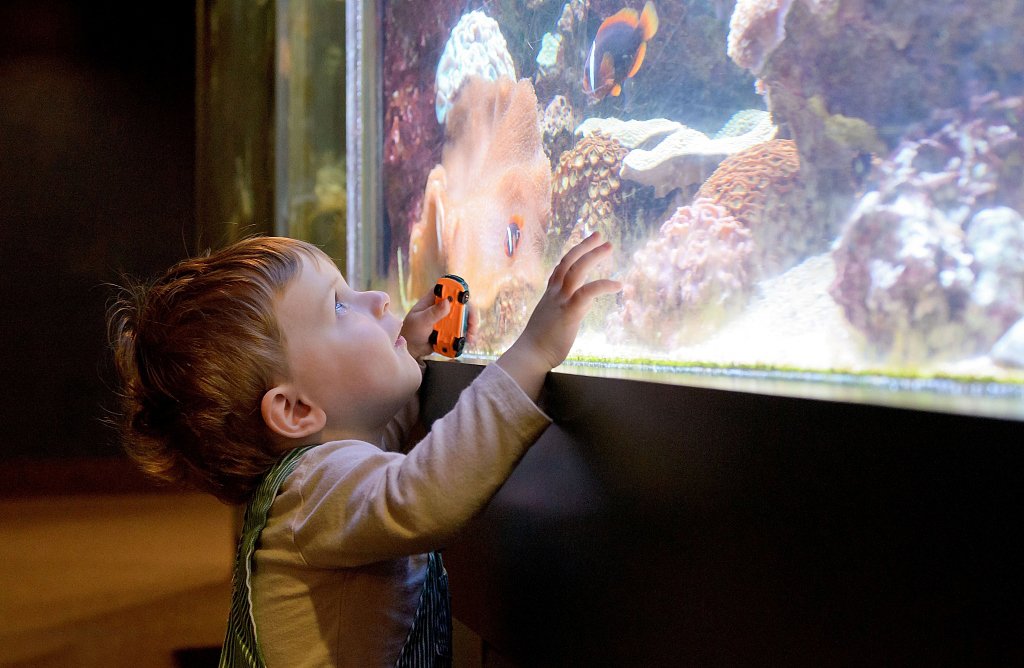
An auto feeder for fish is the best equipment to solve the problem
A fully automatic fish feeder with a 16-foot-long electric wire is a recommended feeder. It requires no batteries or maintenance and has an LED display to help you set the time and quantity of feeding. The unit will feed up to three ponds at one time. The feeding portion lasts eight seconds. A feed control for two different feeding times can store up to five pounds of food. The LCD will also help you choose the right amount of food for fish.
Generally, a fish feeder features a digital control panel that displays the quantity and time of feeding. The LCD shows the amount and time of feeding. It always has ‘QUANTITY’ and ‘TIMING’ buttons that you can use to determine feeding quantity and time. If you have many fish in the pond, you can also use the hand-feed button to feed fish instantly. The hand feed button will dispense feed for 30 seconds each time.
When Run Out of Fish Food, What Should I Do?
When you run out of fish food, you should not panic and try to get food from a local pet shop. You can try a few homemade alternatives to help your fish survive. Generally, you should not give priority to homemade food over pellets. You should only feed your fish small amounts of nutritious food regularly. Moreover, your fish can live aquatic life for many years without eating the same kind of food all the time.
The first step is to find a different food for your fish. There are different types of foods for different kinds of fish. Some fish are vegetarian and some are not. There are also some special diets for your carnivorous and herbivorous pets. You should determine the type of food you’re feeding your fish before buying a new food. Once you know the type of food, you’ll be able to get a suitable replacement.
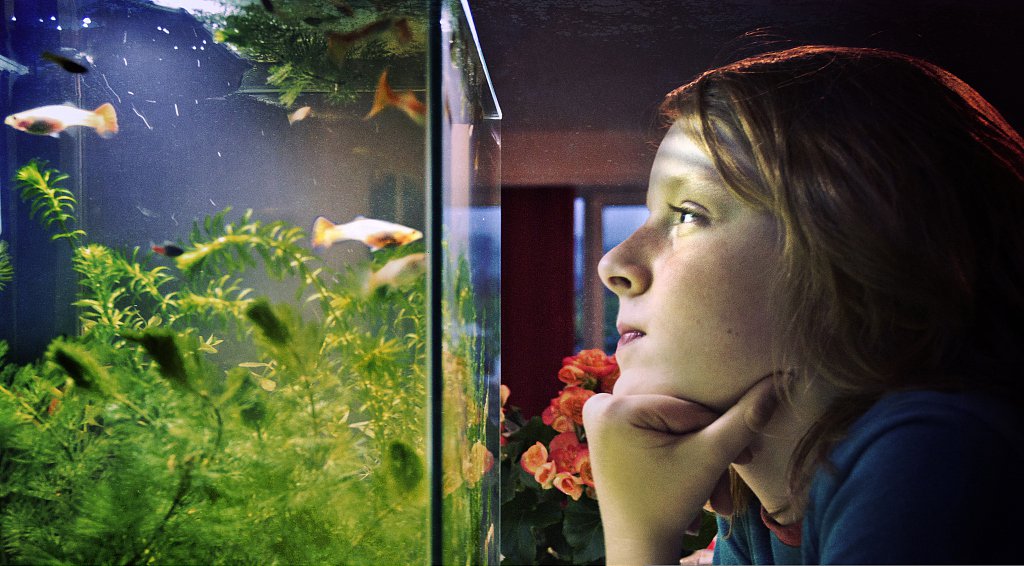
One alternative is to serve human food to fish. Cucumber is an excellent option for fish. The flesh of the cucumber can be given to your fish. Make sure to peel the cucumber before feeding. After a few minutes, you should put the cucumber in the water and pull it out using a bamboo straw. You can also feed your fish with a piece of fish or shrimp. If you’re having trouble in feeding, try giving them a small piece of fish or shrimp. Salmon is a popular option, but salmon is too oily for freshwater fish and will create more mess in your aquarium.
Some Alternatives for Fish Food
Many people use flake fish food, but there are some alternatives for your aquarium. These foods are not expensive and are often found in the kitchen and garden. You can also buy fish fillets if your fish are not herbivores. There are many more fish foods available, but some of them require a trip to a specialty store. Here are some suggestions for a fish-healthy diet. If your budget does not allow for the more expensive varieties, try these.
You can feed your fish pasta and rice, which contains protein. This can be a good alternative for fish, but you have to make sure it is high in protein and is derived from plant-based products. This is not a long-term solution, but it is a great option for those who are not vegans. You can even grow your earthworms for a small fee.
You can make your own gel food. This is a type of homemade fish food. Agar and gelatin are used to form the food. Add whatever you like to it – you can add shrimp or vegetables for goldfish, or even vegetarian ingredients for plecos. You can add garlic, which will enhance the taste and help fight internal parasites. It is best to avoid soaking lettuce for a long time, when feeding the fish will only pollute the water.
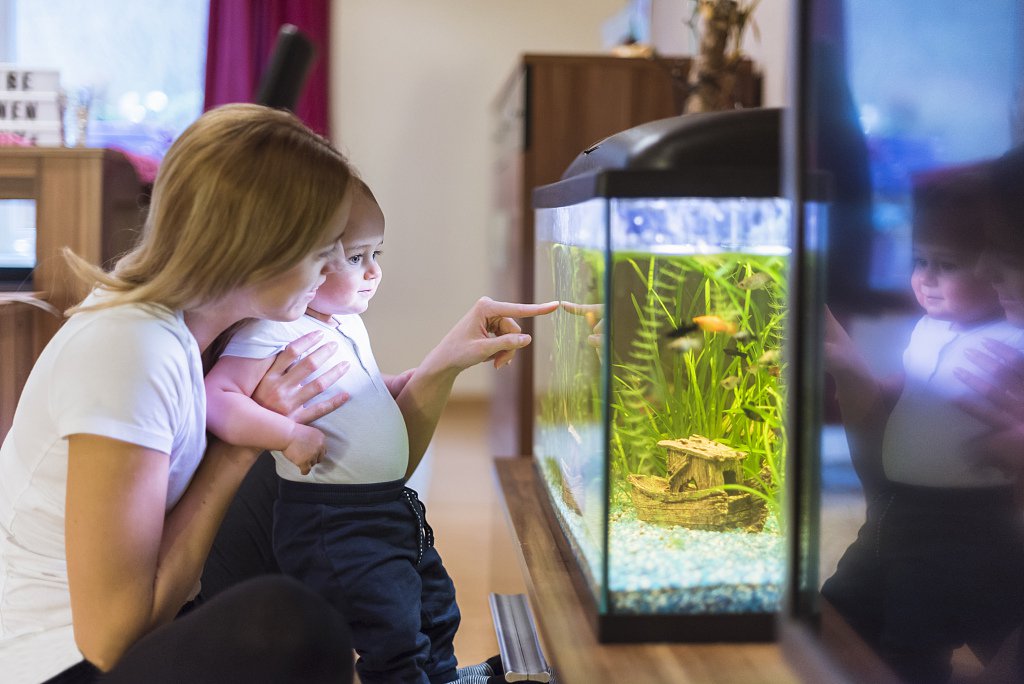
Make It Easier
This article is about how to solve fish feed problems in emergencies. In fact, for a fish breeder who loves fish, no matter what kind of situation he is facing, he can do it with ease. First, he needs to understand what characteristics the fish have, and these characteristics may be the key to properly feeding fish. Secondly, we need to understand what kind of environment the fish need to live in, and finally, we know how to keep the fish healthy. Once we are clear when we can not feed the fish in an emergency, isn’t it easier to handle?
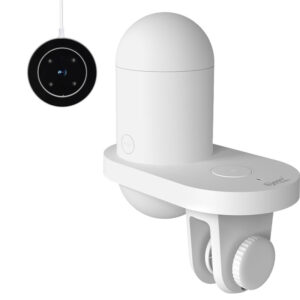
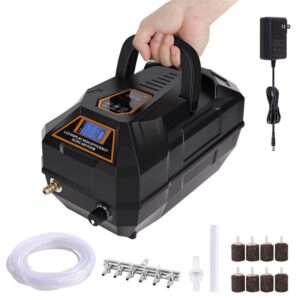
Leave a comment